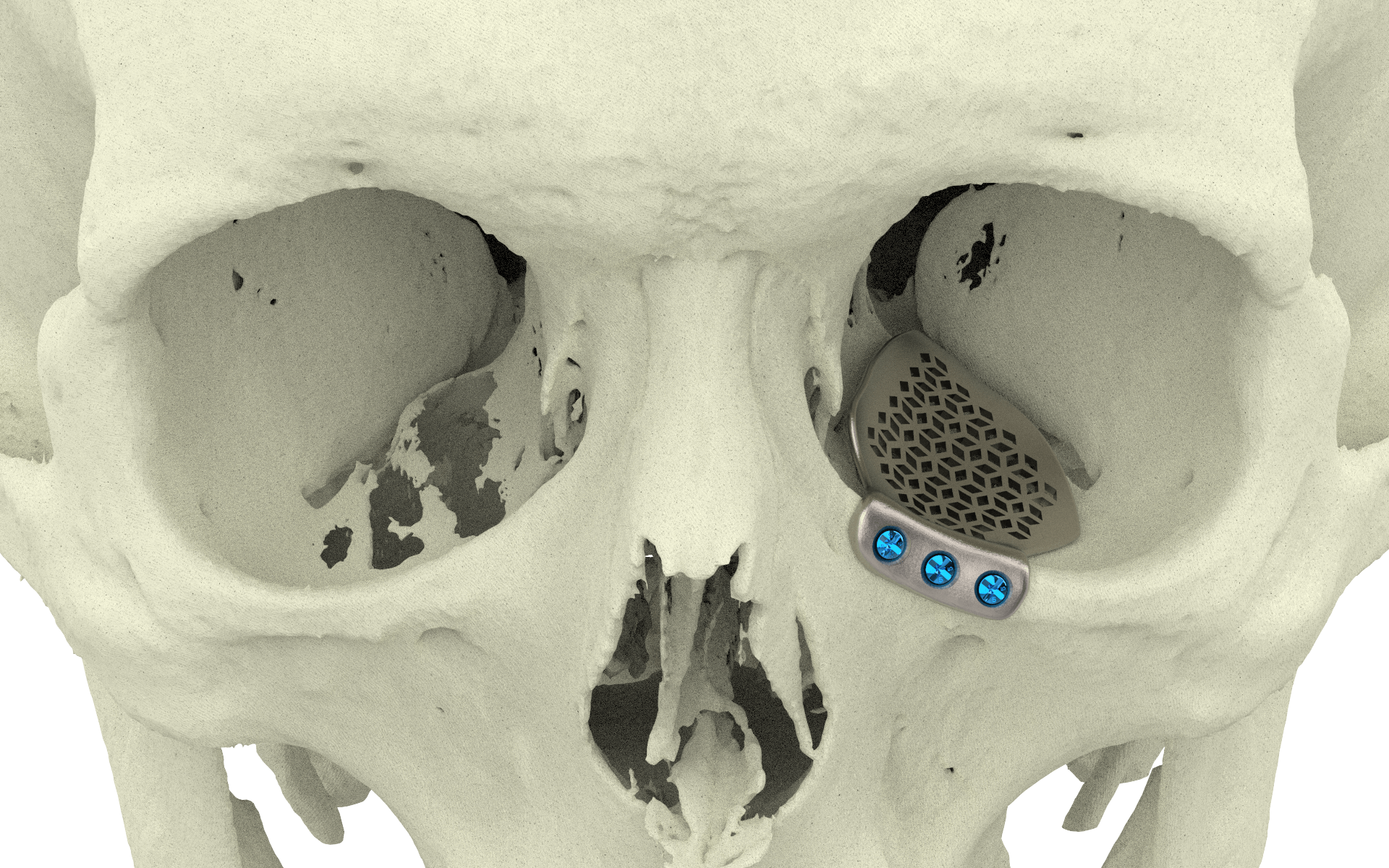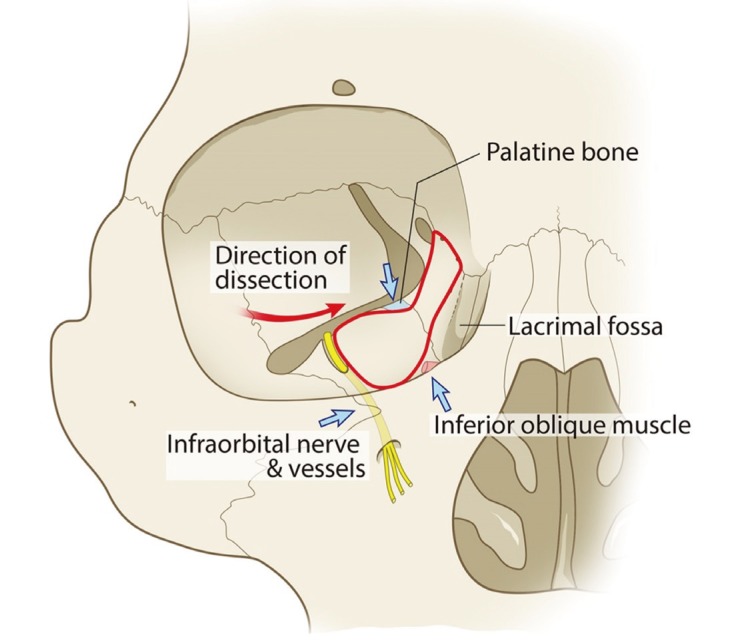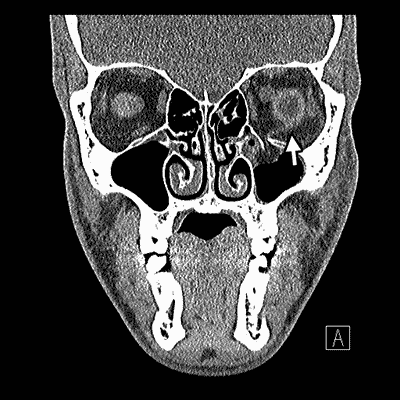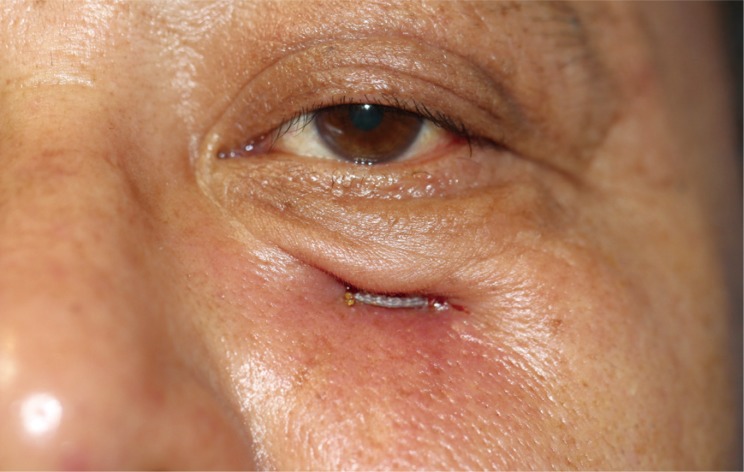Although diplopia is often an indication for surgery and is presented to patients as a potential postoperative complication the incidence of diplopia after surgical repair of orbital blowout fractures has not been well studied.
Diplopia after lower orbital floor repair.
A total of 47 of 54 86.
A minimum of 6 months follow up was available for all patients included in the study.
A minimum of 6 months follow up was available for all patients included in the study.
Double vision after orbital floor repair unread post by moby thu sep 17 2009 10 16 pm hello and welcome i am sorry to hear about this serious injury.
16 the inferior rectus muscle and the inferior oblique muscle may be involved.
Ial postoperative complication the incidence of diplopia after surgical repair of orbital blowout fractures has not been well studied.
We retrospectively studied 54 patients who underwent repair of an orbital blowout fracture.
Prognostic ct findings of diplopia after surgical repair of pure orbital blowout fracture pubmed the prognosis of patients was predicted by ct evaluation.
All patients referred during a 2 year period because of persistent diplopia after surgical repair of orbital fracture were categorized according to the degree and pattern of ocular motility.
A minimum of 6 months follow up was available for all patients included in the study.
Adult patients who have diplopia or pain on eye movements in the acute setting of an orbital floor fracture should be evaluated again within a week following the injury and if diplopia persists should be seen at weekly intervals as long as the dysmotility is improving.
An association of preoperative diplopia as well as radiologic evidence of extraocular muscle eom swelling and diplopia 6 months after repair of pure blow out fractures with variousalloplastic.
We retrospectively studied 54 patients who underwent repair of an orbital blowout fracture.
Complication the incidence of diplopia after surgical repair of orbital blowout fractures has not been well studied.
Patients who have tenting or deformity of eom on ct scan are more likely to have postoperative diplopia.
The prognosis of patients was predicted by ct evaluation.
Once improvement stops a decision for surgical repair is appropriate.
Diplopia in patients with orbital floor fractures may appear in either up or downgaze or both 9 14 the etiology of this phenomenon has been speculated on since lerman s 1970 study.
If the diplopia doesn t resolve and it interferes with the patient s daily activities then surgery is warranted a frequently cited study by dal canto and linberg 2 demonstrated that patients fared equally well if their orbital floor fractures were repaired within 14 days or within 29 days after trauma.
A total of 47 of 54 86 patients had clinically significant diplopia.
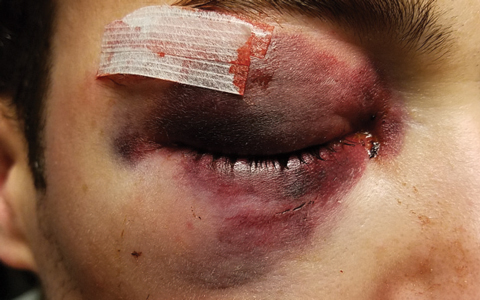
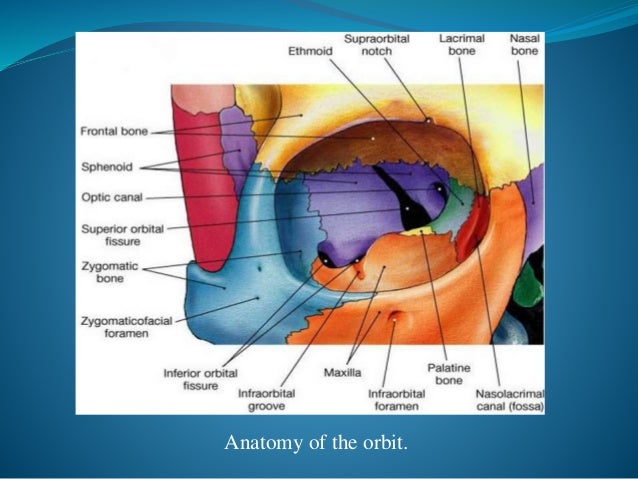



.jpg)

